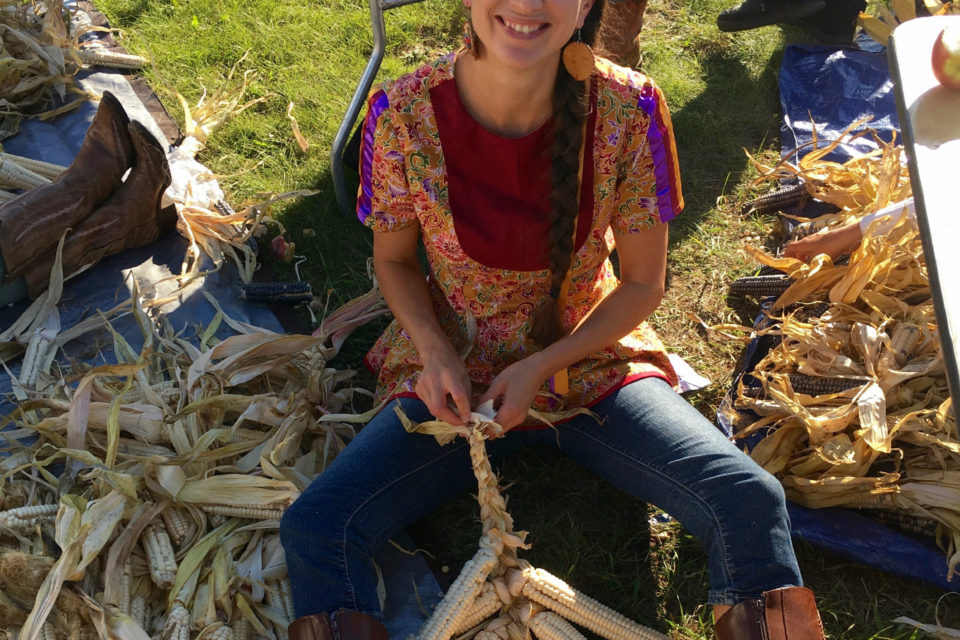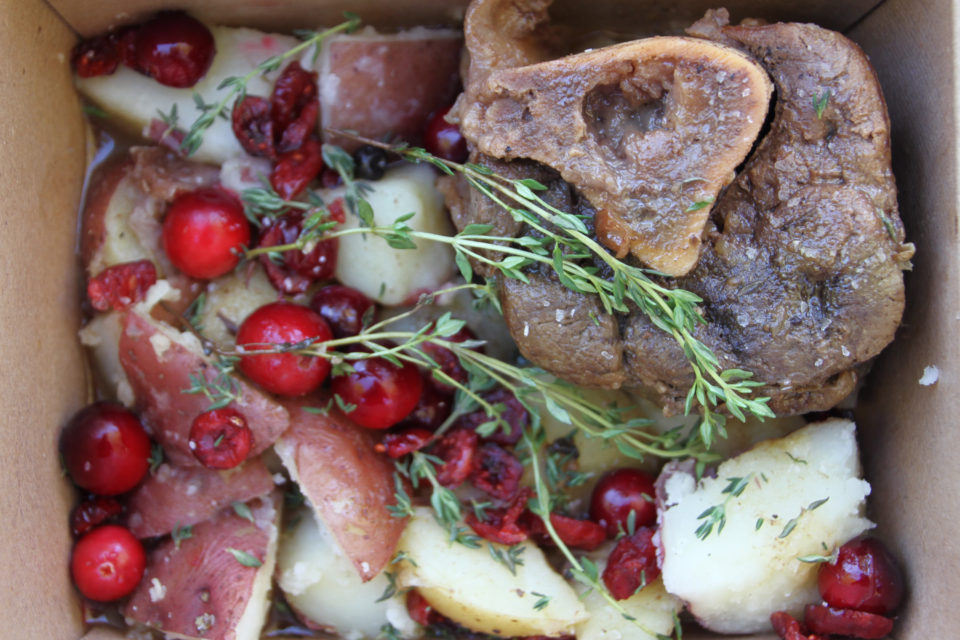“It’s a two day project to make Haudenosaunee White Corn soup. Heirloom corn and hardwood ashes are the the two main ingredients. Boiling the corn with ashes takes off the outer skin of the white corn. The fresher the ashes, the better. Once the corn and the ash really start to blend and cook, it will turn a bright orange – what I call ‘lava’. Then I rinse this mixture in my corn wash basket for about 3½ hours, until I get out most of the ‘eyes,’ the tough part of the kernel. People say, ‘We don’t want the eyes looking back at us from our soup.'”
“My grandma’s Mohawk corn soup is the best. The original corn soup would have had deer; nowadays, you might have salt pork in it. Besides salt pork, we didn’t have spices.
I feel like the most authentic Native food is just raw ingredients boiled down — pure, unadulterated food.”
“Monsanto‘s GMO corn is everywhere now. They don’t want people to be able to plant their own seeds. They’re doing things like planting GMO corn nearby so their corn will cross-pollinate with our heirloom corn. This allows them to make the legal claim: ‘That’s not your seed; that’s our seed.'”








